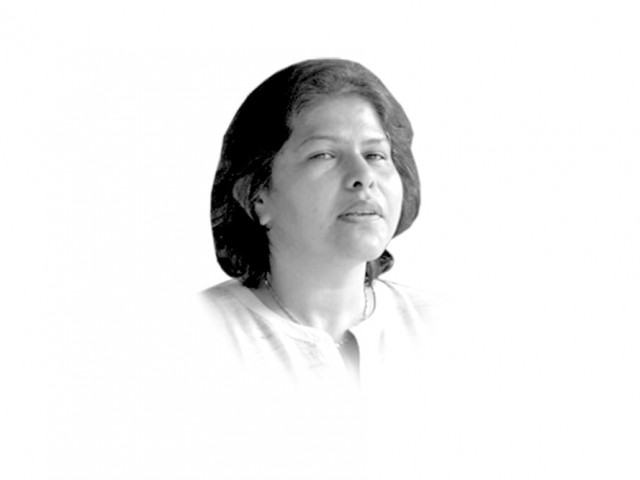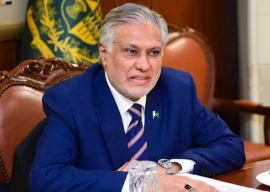
This was not the only divide. The naked eye of a visitor could also sense the growing religious-secular chasm. Clearly, not all places had the liberal-secular ambiance of Dhaka University but looking at just one place or institution was highly deceptive.

However, the brutal terrorist attack in Dhaka, involvement of educated young men, the possibility of links with the Islamic State or even the idea of a local religious-militant group Jamaatul Mujahideen seems to have taken everyone by surprise. This is despite consistent rise in terror attacks against religious minorities in Bangladesh. The spate of radicalisation in Bangladesh is a larger problem that may get resolved by a few hangings or through police/military action alone. The religious right was strengthened in Bangladesh as in Pakistan or other places — link developed mutually by non-religious political and state forces to gain societal credibility. The leniency shown towards the Jamaat-e-Islami and electoral partnership with the BNP during the 2000s turned out to be a boon for the religious forces. More importantly, the religious and militant elements grew while the two begums and their parties fought with each other like headless chicken. All of that intellectual spadework by the religious right seems to have surfaced. The threat, hence, points towards the need of looking carefully at the menace of radicalism and how to counter it.
Let’s not forget that Dhaka is just one of the many examples that brings back home the lesson that all these demons that we see around are our own. We can keep crying that the violence which took place in Baghdad, Istanbul, Dhaka or Medina is a foreign conspiracy but the actual dangerous plot is to ignore how such menace grew right in our midst. There are two dimensions to this violence-laced world and relevant worldview.
First, we are generally so caught up by the global religious/civilisational divide we tend to forget that the strengthening of religious ideology and growing power of the right is happening all over the world and indicates a breakdown of faith in the idea of the state. Not that people would necessarily like to kill the state, but control and remould it differently. Those who engage in violent extremism try to use violence to eliminate the other. Sadly, the state is a combination of many others — in some countries it is more than in others.
Second, and this is especially true of Muslim societies, we have seen gradual empowerment of radical ideology since the 1960s. Notwithstanding the fact that many of the thinkers such as Syed Qutb and Maulana Maududi envisioned a greater merger of religion and politics, a more forceful and broader implementation of this thought became possible with globalisation of this idea. The Ikhwan or the Muslim Brotherhood type of movements found refuge in Saudi Arabia during the 1960s and expended due to the seemingly non-violent contest between Egypt’s Nasser, who stood for liberal pan-Arabism, and Saudi pan-Islamism. The rivalry not only set the tone for those seeking to tie a knot between state power and religion, it created an environment that helped hibernate those who thought in terms of capturing the state, eliminating all opposition and setting up their own control. In many ways, the suicide attack in Madina is nothing new but a subtle extension of the same mindset that tried to forcibly take control of the Kaaba in 1979. The 300-plus rebels that took control of the holy site wanted to capture the state and mould it according to ideas that had support from amongst some members of the clergy. Riyadh fought back successfully and resolved the issue but at the cost of making adjustments to the conservative elements, especially amongst the clergy. The conditions persisted, which compounded with other developments, have later resulted in heightened threat.
The increased material modernity around the Muslim world went hand-in-hand with greater consciousness of power and need for an ideological base. Although some Muslim thinkers like the Egyptian scholar Abdul Razzik wrote in detail about the idea or lack of an idea of a state in religious scripture, Muslim societies have not managed to negotiate and define the idea of a state. The Iranian Revolution in 1979 and further empowerment of individual rebel groups and violent extremism in general due to the US war in Afghanistan consolidated the idea of using force to attain a mega Islamic state and society. What started as a small project of re-training minds turned into a large-scale operation that acquired a life of its own. I remember engaging with members of several jihadi organisations in Rawalpindi during the early 1990s, who by then had begun to change the definition of jihad. Three decades later they now have a far more complex and sophisticated discourse that ought to be countered.
While it is necessary to think of several formulas to fight violent extremism, it is unwise not to think of de-radicalisation more seriously. Unfortunately, our approach to de-radicalisation is short-termed. In majority of countries the term requires turning people back towards traditional culture that cannot be revived or disentangled. Surely, greater cultural activities bring richness but it is no replacement for the need of a dialogue within the Islamic world with itself. Unless we can cut across the artificial binaries and begin to talk the threat of violent extremism will remain. Reduction of violence in itself is no indicator that the threat is over.
Published in The Express Tribune, July 15th, 2016.
Like Opinion & Editorial on Facebook, follow @ETOpEd on Twitter to receive all updates on all our daily pieces.







1726054615-0/OpenAI-(2)1726054615-0-270x192.webp)





COMMENTS
Comments are moderated and generally will be posted if they are on-topic and not abusive.
For more information, please see our Comments FAQ